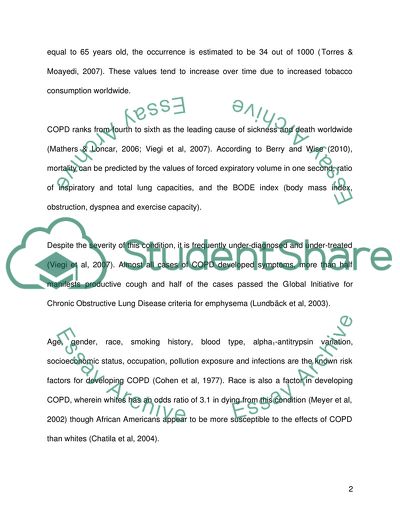Cite this document
(Managing Long Term Health Care Needs Research Paper - 1, n.d.)
Managing Long Term Health Care Needs Research Paper - 1. Retrieved from https://studentshare.org/health-sciences-medicine/1753082-nursing-patient-with-copd-and-vascular-dementia-scenario
Managing Long Term Health Care Needs Research Paper - 1. Retrieved from https://studentshare.org/health-sciences-medicine/1753082-nursing-patient-with-copd-and-vascular-dementia-scenario
(Managing Long Term Health Care Needs Research Paper - 1)
Managing Long Term Health Care Needs Research Paper - 1. https://studentshare.org/health-sciences-medicine/1753082-nursing-patient-with-copd-and-vascular-dementia-scenario.
Managing Long Term Health Care Needs Research Paper - 1. https://studentshare.org/health-sciences-medicine/1753082-nursing-patient-with-copd-and-vascular-dementia-scenario.
“Managing Long Term Health Care Needs Research Paper - 1”, n.d. https://studentshare.org/health-sciences-medicine/1753082-nursing-patient-with-copd-and-vascular-dementia-scenario.


